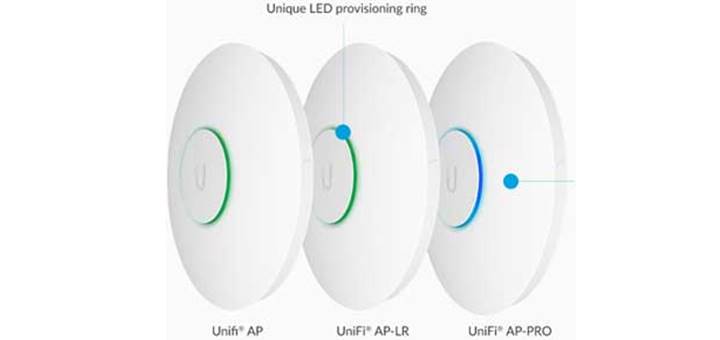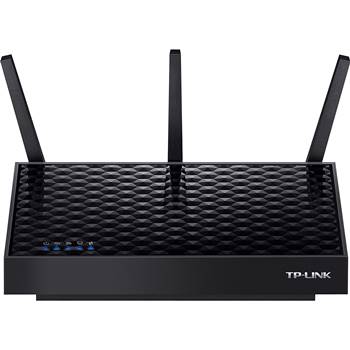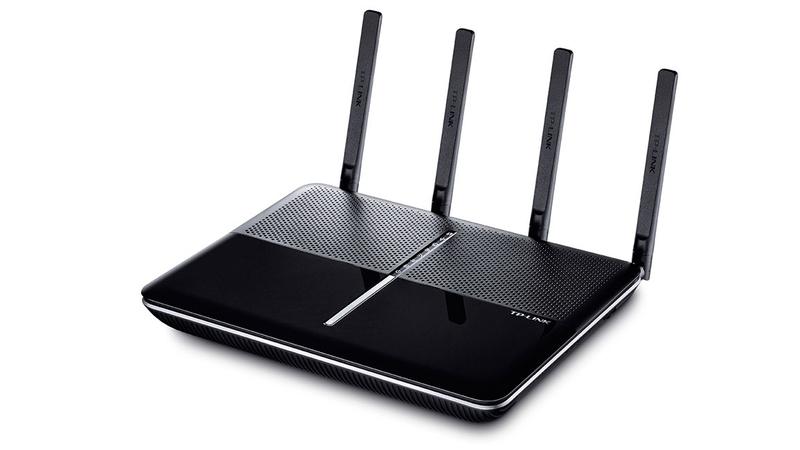TP-Link Touch P5 Review :A Router With A Touchscreen
Thanks to successive generations of refinement, though, they’re now much easier to configure and use than ever before. Even so, anything that makes routers more pleasurable to set up and maintain is highly desirable, so I had high hopes for the TP-Link Touch P5. Routers used to be mysterious, esoteric, inscrutable boxes of jargon and pain.This router, as its name suggests, comes equipped with a touchscreen for easy set up.
ts interface looks very similar to iOS with the same grid of icons acting as a home screen, and an almost identical typography and menu style.The 4.3in touchscreen has a resolution of 480×272 pixels and was reasonably responsive to our prods, strokes and swipes. I It’s this familiar structure that makes the touchscreen interface easy to use.
Almost all of the router’s settings, with the exception of IP6, NAT forwarding and USB options, can be adjusted using the touchscreen.The onscreen setup wizard isn’t really any different from the browser-based setup wizards of rival routers. Nonetheless, it is very straightforward, so I had the P5 up and running within minutes of taking it out of the box.
I’m not sure why you’d want to, though, as due to the physical design of the P5, it’s generally easier to do so from your computer or mobile device. For better or worse, most routers tend to live in hard to reach nooks and crannies, such as on top of bookcases, in entertainment centres or on hallway stands. This, combined with the screen’s flat, horizontal orientation and the fact that the router is impossible to stand upright, make hovering over it and prodding the touchscreen rather fussy and uncomfortable.
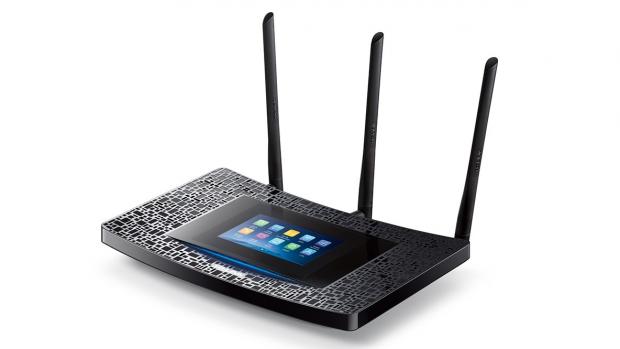
It also makes the touchscreen’s one really useful and long-term feature, namely its constant display of your guest network SSID and password, less convenient for your guests than a simple post-it note with the same details scrawled on it.
There is, of course, more to the P5 than its somewhat gimmicky touchscreen. It stands out with its glossy black tessellated appearance, although the rest of the team was firmly divided between those who found it attractive and those who found it a bit garish.
It has the same tabbed web administration interface as other TP-Link routers, so it’s straightforward to set up, configure and administer the old-fashioned way. It has the same extra features as other TP-Link routers, such as basic parental controls, the ability to share a USB printer or disk with all the computers on your network and threadbare Dynamic DNS support.

802.11n performance on the 2.4GHz band was reasonably good, with speeds of 38Mbit/s at 10m and 27.2Mbit/s at 25m. It unsurprisingly sprang to life on the 5GHz band, speeding ahead with 167.8Mbit/s at 10m and 93.2Mbit/s at 25m.
Although the P5 isn’t the fastest 802.11ac router we’ve seen, it still did very well when paired with TP-Link’s own T4UH, a chunky 802.11ac USB adaptor. Speeds of 279.6Mbit/s at 10m and 256.3Mbit/s at 25m are nothing to sneeze at, especially with such a small drop in speed in the substantial move from 10m away to 25m.
Even if you have to run a mixed 802.11n/ac network on both bands, it’s worth investing in an 802.11ac adaptor for your older devices stuck on previous versions of the Wi-Fi standard. Using the same T4UH adaptor on the router’s 2.4GHz 802.11n network (there’s no way to create a 5GHz network that isn’t also 802.11ac), we saw quick speeds of 73.4Mbit/s at 10m and 36.8Mbit/s at 25m.
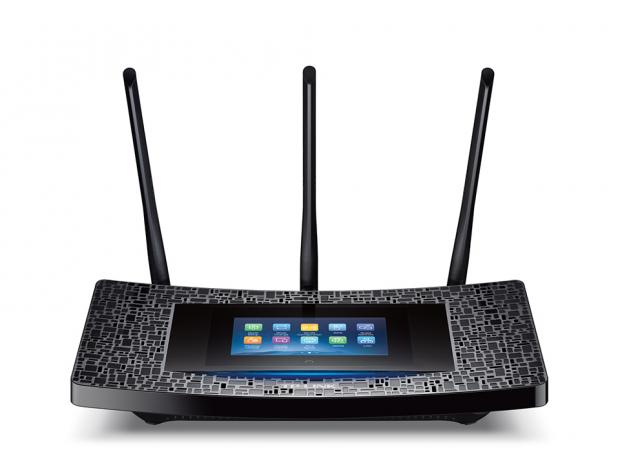
The TP-Link Touch P5 isn’t a bad router, just an overpriced one. With few compelling reasons to favour the touchscreen over more traditional ways of router configuration and management, there’s little reason to pay the £40 premium over TP-Link’s other routers, such as the Archer C9, which are as fast or even faster.
